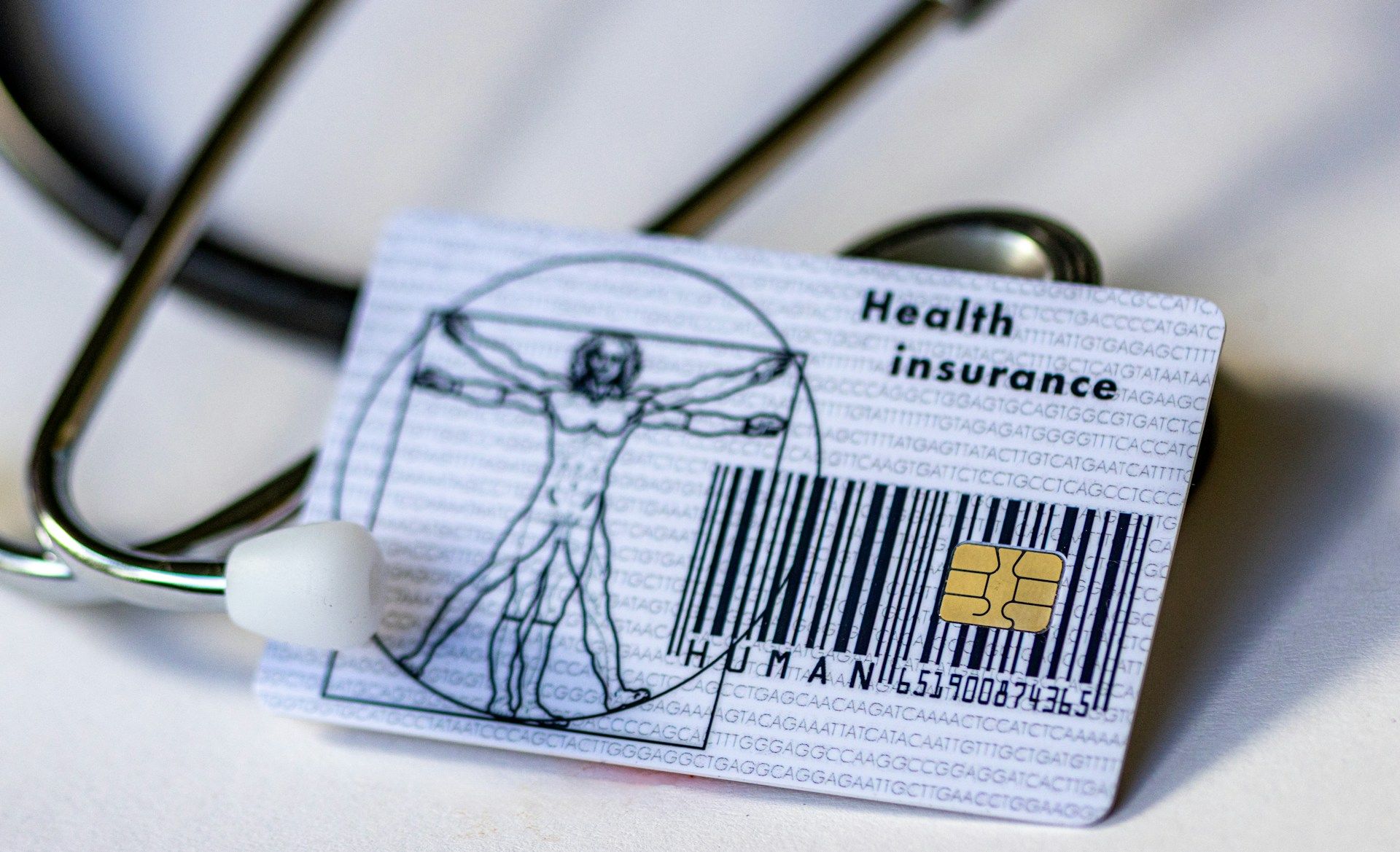What is the Safest Form of Weight Loss Surgery?
What is the safest weight loss surgery? Explore the safest weight loss surgery options, compare outcomes, and take the first step to a healthier future!

Bariendo Team
Team @ Bariendo
If you’re struggling to lose weight, you’ve probably had your fill of well-meaning advice like “All you have to do is eat less and exercise more!” or “Losing weight is all about willpower!”
But treating obesity is so much more complicated than that. From genetics to mental health and chronic health conditions to socioeconomic status, there are so many factors that can influence your ability to lose weight and keep it off.
Treating obesity effectively requires a multi-faceted approach that includes nutritional education and dietary guidance, a strong support system, exploring weight loss medication, and considering a weight loss surgery or procedure.
The reasons for considering weight loss surgery are as varied and personal as the individuals themselves. Perhaps you’ve been contemplating it for years, but concerns about safety have held you back. We understand these concerns and are here to provide you with the information you need to make an informed decision.
Below, we’ll explore the safest forms of weight loss surgery, highly effective non-surgical procedures, and important considerations to keep in mind as you explore your options.
What is the Safest Weight Loss Surgery?
The safest forms of weight loss surgery include laparoscopic gastric bypass, gastric sleeve, and adjustable gastric banding. While there are moderate risks associated with these surgeries, they remain good options for those seeking surgical weight loss solutions, as the benefits may often outweigh the risks.
Non-surgical weight loss procedures are also popular options for those who want to jumpstart weight loss without the risks of surgery. Consultation with a healthcare professional will help you determine the best and safest option based on your needs and overall health.
Comparing the Safest Weight Loss Surgery Options
Weight loss surgeries help you lose weight by physically limiting the amount of food your stomach can hold and decreasing the number of calories you consume. Let’s take a look at the specifics of each surgery individually to help you compare the safest weight loss surgery options.
Adjustable Gastric Banding (LAP-Band)
If you have had a BMI of 35 or higher for more than five years and your previous attempts to lose weight have been unsuccessful, you may be a candidate for Adjustable Gastric Banding.
During this procedure, a gastric band is placed around the stomach through a small, laparoscopic incision. The band creates a small stomach pouch, limiting food intake, slowing digestion, and reducing appetite. The band is accessible through a port at the skin’s surface, allowing for adjustments as needed.
Gastric banding does not involve stapling or rerouting of the intestines, so it’s one of the least invasive weight loss surgery options with a shorter recovery time. Many patients lose 15% of their body weight over two years.
However, gastric banding does require follow-up visits for band adjustments. Weight loss may be slower and less significant compared to other procedures, and there is potential for band slippage, which may require additional surgery. Due to its high failure rate and relatively low weight loss rate, gastric banding is no longer used at most premier institutions in the United States.
Gastric Sleeve Surgery (Sleeve Gastrectomy)
Gastric Sleeve Surgery may be an option for patients with a BMI of 35 or higher whose previous weight loss attempts have been unsuccessful. As the second least invasive bariatric surgery after LAP-band, gastric sleeve is currently the most popular weight loss surgery in the United States. The procedure involves the removal of a large section of the stomach through a small, laparoscopic incision.
The procedure decreases the capacity of the stomach and the production of hunger-producing hormone ghrelin, leading to reduced appetite, calorie deficit, and the potential for substantial weight loss. Many patients lose approximately 25% of their total body weight. It does not involve rerouting of the intestines, and the surgery can be revised endoscopically if you do not see the results you expected.
The complication rate for gastric sleeve is 12-15%. There is an increased risk of digestive issues like acid reflux or GERD associated with gastric sleeve surgery. Some patients also experience discomfort when eating certain foods or large portions. These potential issues can often be managed by eating smaller meals and avoiding highly acidic or fatty foods.
Gastric Bypass Surgery (Roux-en-Y Gastric Bypass)
Gastric Bypass Surgery, the most invasive of the common weight loss surgeries, may also be an option for severely obese patients with a BMI of 35 or higher for over five years who have not been able to lose weight despite earnest attempts to do so.
Gastric Bypass involves rerouting the intestines and creating a smaller stomach pouch through a laparoscopic incision. By reducing the stomach’s size and altering the digestive tract, this procedure decreases appetite and the amount of calories consumed while also decreasing the amount of nutrients and calories absorbed.
Patients often experience significant and rapid weight loss, with many losing approximately 30% of their total body weight in 12 to 18 months. Improvement or resolution of obesity-related conditions like Type-2 diabetes, hypertension, and sleep apnea is also possible.
However, the recovery time is longer, and there is a higher risk of complications compared to other weight loss surgeries. The complication rate is estimated at 18%, or around 1 in 5 patients. Complications include dumping syndrome, bowel obstruction, and hernias. Lifelong nutrient supplementation is usually required, and patients must manage their meals carefully to avoid digestive discomfort.
What to Consider When Exploring Safe Weight Loss Surgery Options
Here are some key points to consider when exploring safe weight loss surgery options.
Potential Benefits
Weight loss surgery is a valuable tool for treating obesity, and the potential benefits can’t be overstated, starting with substantial weight loss and dramatic improvements in overall health. These may include reduced or resolved obesity-related health conditions, such as joint pain, sleep apnea, high blood pressure, and Type-2 diabetes.
Beyond that, most patients also experience an overall improved quality of life. This often includes the ability to participate in activities that may not have been possible before the surgery, increased energy levels, and improved self-esteem.
Potential Risks and Complications
Bariatric surgery carries a moderate amount of risk, including infection, blood clots, and adverse reactions to anesthesia. Long-term complications such as nutritional deficiencies, bowel obstruction, dumping syndrome, and the need for surgical revision are also possible.
However, the risks of not addressing obesity head-on can often be higher. In many cases, the potential health benefits of overcoming obesity outweigh the risks associated with the surgery.
It’s essential to weigh these potential risks and complications against the benefits with the help of your healthcare provider before undergoing surgery. They can help you make the safest choice based on your overall health and individual goals.
Long-Term Outcomes
Understanding that weight loss surgeries and procedures aren’t a quick fix is important. Weight loss will be gradual, and some weight regain is possible.
Long-term weight management, no matter which method you choose, requires a commitment to healthy lifestyle changes. You’ll need to pay attention not only to what you eat but how much you eat because gastric surgery restricts the amount of food your stomach can hold.
Financial Considerations
Weight loss surgery can be a significant financial investment, especially if your insurance doesn’t cover the procedure. Discuss any out-of-pocket expenses and explore pricing and financing options with your provider before making a decision.
Pre-Surgery Requirements
The eligibility criteria for undergoing weight loss surgery can vary slightly depending on the procedure, but most patients will need to have a Body Mass Index (BMI) of 40 or higher or a BMI of 35 with obesity-related health conditions to qualify.
It’s also important to know that weight loss surgeries and procedures shouldn’t be the first course of treatment for obesity. Most patients will be required to demonstrate previous serious but unsuccessful attempts at weight loss.
And, of course, all potential weight loss surgery patients will undergo a thorough evaluation to assess their overall health and readiness for surgery.
Post-Surgery Recovery
The recovery time after weight loss surgery typically ranges from two to six weeks, depending on the type of procedure performed and the patient’s overall health. Many patients can return to normal activities within a few weeks, but complete healing and adjusting to new dietary habits may take several months.
Following your surgeon’s guidelines will help to ensure the fastest and safest recovery possible.
Non-Surgical Weight Loss Alternatives
If you’re interested in the least invasive and safest weight loss option, you may wish to consider a non-surgical weight loss procedure instead. These alternatives to weight loss surgery are highly effective and produce similar results without the surgical risks.
Endoscopic Sleeve Gastroplasty (ESG) Stomach Tightening
ESG Stomach Tightening is a minimally invasive, non-surgical weight loss procedure that involves suturing the stomach to reduce its size. This procedure is done using an endoscope inserted through the mouth, eliminating the need for external incisions.
Due to the non-invasive nature of the procedure, recovery time is much shorter, and the risk of complications is significantly reduced at around 1%, compared to 12-18% of weight loss surgeries. The procedure can also be reversed or adjusted if necessary. As with any weight loss method, a healthy diet and lifestyle are required to achieve lasting weight loss.
Although weight loss results may not be as dramatic as gastric surgery, they’re still very durable and significant, with patients losing an average of 18% of their body weight. Those with a BMI of 30 or higher who have been unsuccessful with traditional weight loss methods may qualify.
Non-Surgical Gastric Balloon
Non-Surgical Gastric Balloon is a non-invasive procedure that involves placing a balloon inside the stomach to occupy space and limit food intake. The empty balloon is inserted into the stomach and then filled with saline to create a feeling of fullness.
This procedure is also performed endoscopically through the mouth under light sedation, and there’s no need for an external incision. It takes about 15 minutes to complete, you can go home the same day, and the risk of complications is much lower than gastric surgery. Gastric Balloon is a temporary weight loss aid that is removed after six months, making it an appealing option for those who want to avoid the permanence of gastric surgery.
You may qualify for gastric balloon if your BMI is 30-40 and you have not been successful with traditional weight loss methods. It’s designed to jumpstart weight loss and kickstart a healthy lifestyle. Typical weight loss results are less substantial than surgical options, but they’re still very impressive, with many patients losing 10-15% of their body weight in six months.
What is the Safest Weight Loss Surgery or Procedure for Me?
There’s no one-size-fits-all solution that works for everyone. Finding the safest weight loss surgery or procedure for you requires careful consideration of your health, lifestyle, and goals.
To take the first step, schedule a free consultation with the weight loss experts at Bariendo. Our doctors and highly-trained medical team focus on providing safe and effective weight loss solutions with a proven track record of success.

